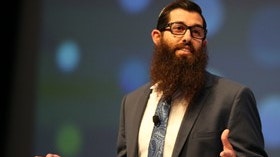Homepage
•
Learning Library
•
Blog
•
Creativity starts with belief—and doesn't end with failure
Expand breadcrumbs
Expand breadcrumbs
- Learning Library
- Blog
- Creativity starts with belief—and doesn't end with failure
- Homepage
- •
- Learning Library
- •
- Blog
- •
- Creativity starts with belief—and doesn't end with failure
Creativity starts with belief—and doesn't end with failure
By Nicole Krueger
August 1, 2018








